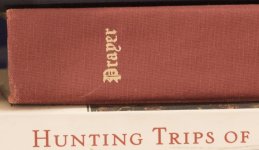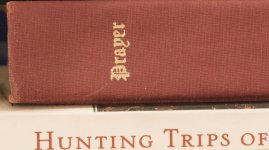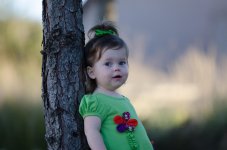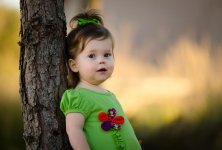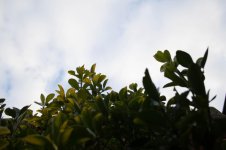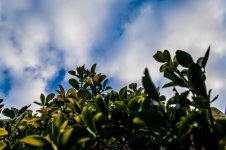The only thing I can't figure out is when shooting an image so underexposed. How do you pull detail out of the shadows later on? If looking at the histogram it's obviously clipping on the left. Clipping is loosing detail.
That is correct. J-see is not saying it doesn't matter how much light gets to the sensor. So if you can add more light to the sensor through slower shutter or wider aperture, do that. J-see's point is that, shooting RAW in low light, it doesn't matter where your camera's ISO setting is. In low light conditions, use the slowest shutter you can get away with for your shot, and use the widest aperture you can get, and shoot RAW. If you do that, it doesn't matter if your ISO was set to 100 or 6400. You can take the ISO 100 shot and create the exact same pic in post as if you had shot it at 6400.
I didn't believe it when I first read it, but I've done the experiments and now believe it.
This idea is NOT the same as saying "I can shoot any shutter speed or aperture I want, then fix it in post." You still want to get as much light to the sensor as possible without blowing out your highlights.
ETA: I just did the reverse test, and it weakens J-see's theory. I shot a scene at ISO 100 properly exposed, then shot the same scene at ISO 1600, same lighting, same shutter/aperture. In theory, the exact same light reached the sensor, and the exact same RAW file SHOULD have been created, but in reality the ISO 1600 RAW file had highlights blown out that could not be recovered by simply reducing exposure 4 stops in ACR. So... more to think about. My plan is to keep trying to adjust my ISO to my shutter/aperture needs and my existing lighting... as we all do already.

